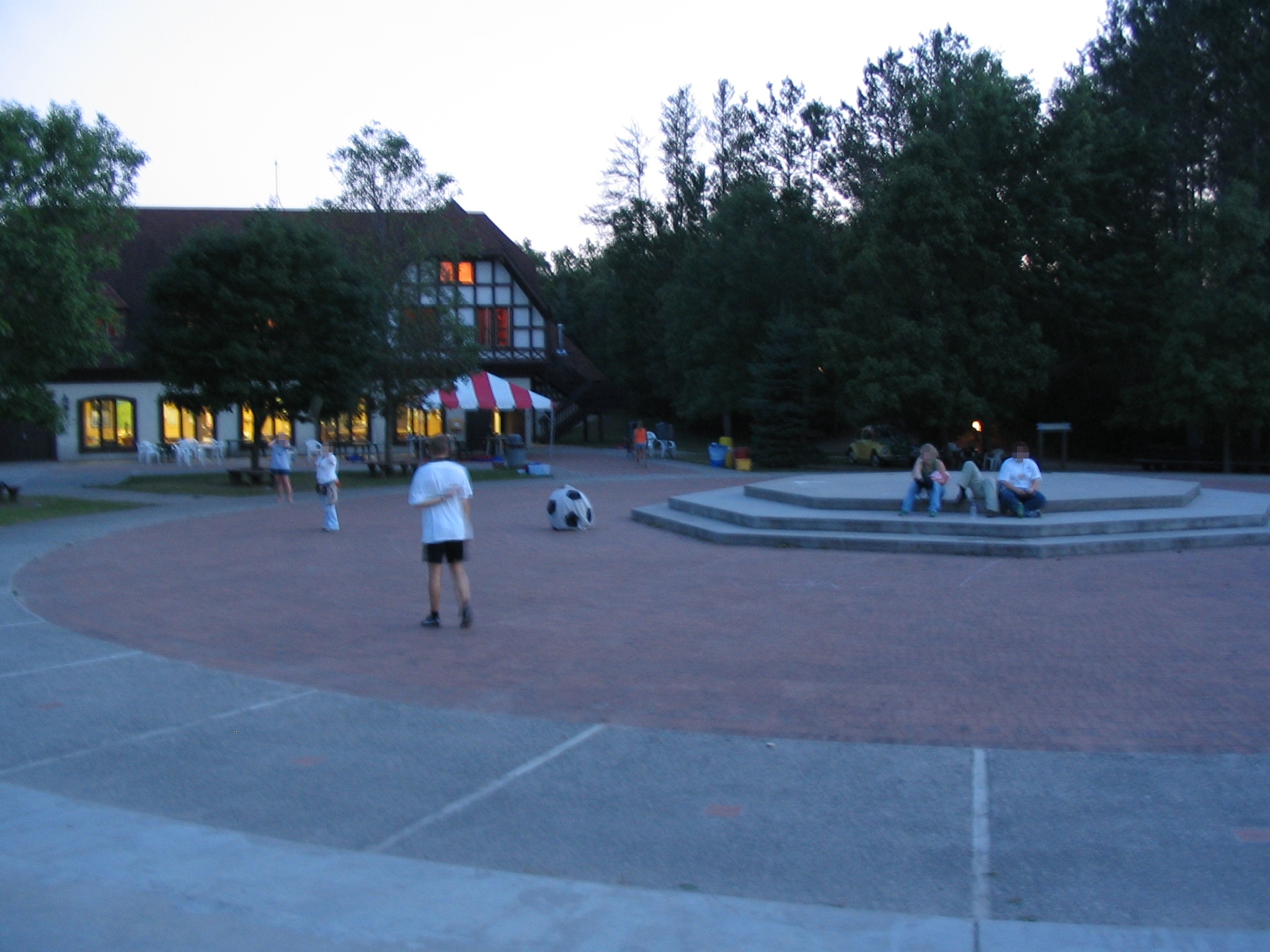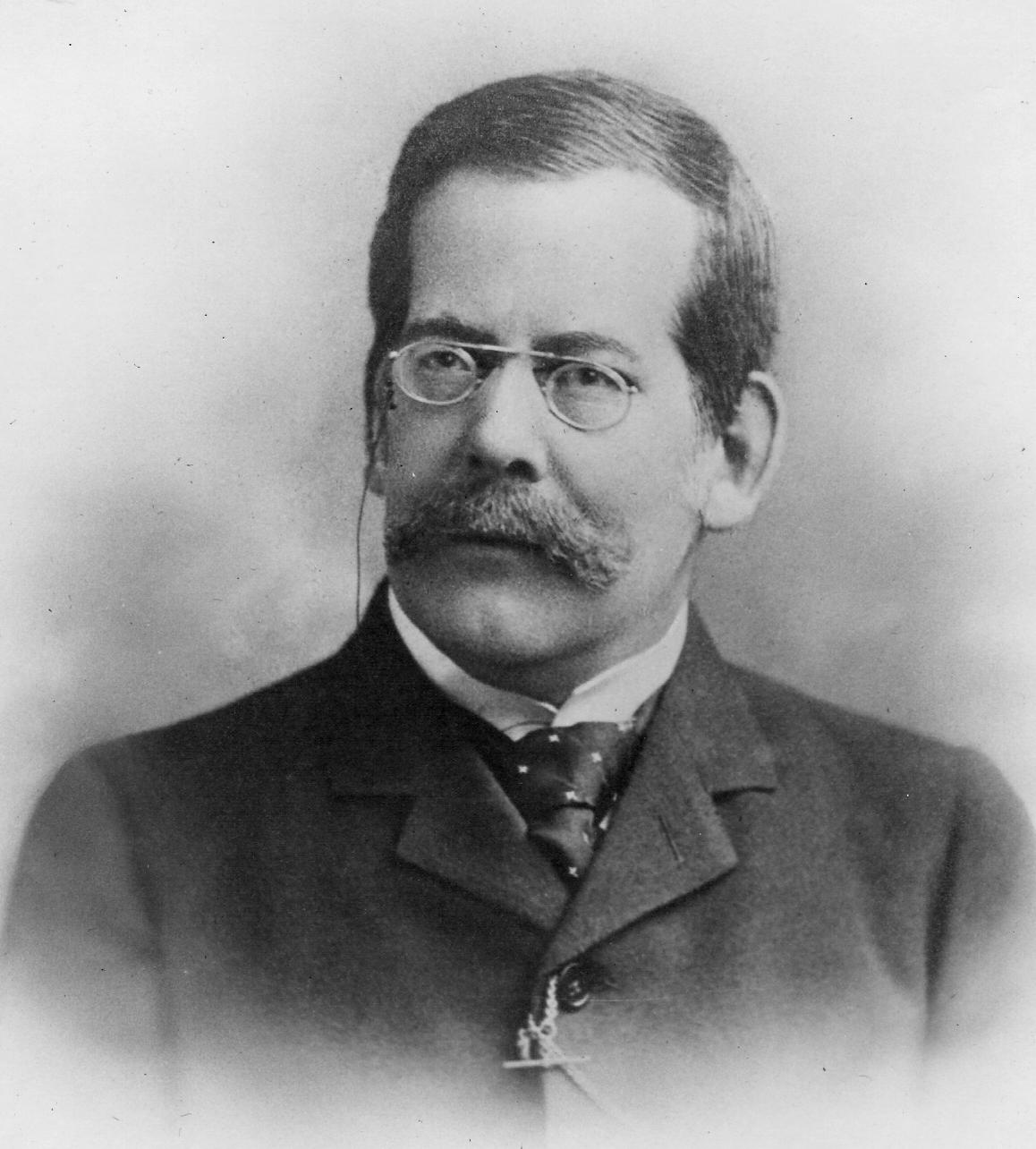|
Language Education In The United States
Language education in the United States has historically involved teaching American English to immigrants; and Spanish, French, Latin, Italian or German to native English speakers. Bilingual education was sponsored in some districts, often contentiously. Japanese language education in the United States increased following the Japanese post-war economic miracle. This was a period between World War II and the Cold War, when Japan had the second largest economy in the world. To participate, the government increased funding to teaching Japanese in schools. Chinese as a second language began to be taught more frequently in response to the reform and opening of the People's Republic of China; this has included funding from the PRC Government. In the aftermath of the September 11 terrorist attacks, US Senator Norm Coleman called Arabic "the next strategic language". Less Commonly Taught Languages (LCTLs) is a designation used for languages other than Spanish, French, and German, the ... [...More Info...] [...Related Items...] OR: [Wikipedia] [Google] [Baidu] |
American English
American English, sometimes called United States English or U.S. English, is the set of variety (linguistics), varieties of the English language native to the United States. English is the Languages of the United States, most widely spoken language in the United States and in most circumstances is the de facto common language used in government, education and commerce. Since the 20th century, American English has become the most influential form of English worldwide. American English varieties include many patterns of pronunciation, vocabulary, grammar and particularly spelling that are unified nationwide but distinct from other English dialects around the world. Any North American English, American or Canadian accent (sociolinguistics), accent perceived as lacking noticeably local, ethnic or cultural markedness, markers is popularly called General American, "General" or "Standard" American, a fairly uniform dialect continuum, accent continuum native to certain regions of the U ... [...More Info...] [...Related Items...] OR: [Wikipedia] [Google] [Baidu] |
Concordia Language Villages
Concordia Language Villages (CLV), previously the International Language Villages, is a world-language and culture education program. Since beginning in 1961, it has grown to offer summer camp in 15 modern languages and school-year weekend programs mostly for Spanish, French, and German. Summer and winter programs are taught through a language and cultural immersion philosophy, which allows for experience-based learning. The Villages annually serves over 13,000 young people, aged 7–18, from every state of the US, as well as Canada and 31 other countries, and are sponsored by Concordia College of Moorhead, Minnesota, a private four-year liberal arts college of the Evangelical Lutheran Church in America. Villages There are architecturally and culturally authentic village sites (Finnish, French, German, Norwegian, Russian, and Spanish) located near Bemidji, Minnesota on Turtle River Lake. There are also leased sites throughout Minnesota, as well as abroad in Switzerland and Chi ... [...More Info...] [...Related Items...] OR: [Wikipedia] [Google] [Baidu] |
Language Education
Language education – the process and practice of teaching a second or foreign language – is primarily a branch of applied linguistics, but can be an interdisciplinary field. There are four main learning categories for language education: communicative competencies, proficiencies, cross-cultural experiences, and multiple literacies. Need Increasing globalization has created a great need for people in the workforce who can communicate in multiple languages. Common languages are used in areas such as trade, tourism, diplomacy, technology, media, translation, interpretation and science. Many countries such as Korea (Kim Yeong-seo, 2009), Japan (Kubota, 1998) and China (Kirkpatrick & Zhichang, 2002) frame education policies to teach at least one foreign language at the primary and secondary school levels. However, some countries such as India, Singapore, Malaysia, Pakistan, and the Philippines use a second official language in their governments. According to GAO (2010), China ... [...More Info...] [...Related Items...] OR: [Wikipedia] [Google] [Baidu] |
Foreign Policy Of The United States
The officially stated goals of the foreign policy of the United States of America, including all the bureaus and offices in the United States Department of State, as mentioned in the ''Foreign Policy Agenda'' of the Department of State, are "to build and sustain a more democratic, secure, and prosperous world for the benefit of the American people and the international community". The United States House Committee on Foreign Affairs states as some of its jurisdictional goals: "export controls, including nonproliferation of nuclear technology and nuclear hardware; measures to foster commercial interaction with foreign nations and to safeguard American business abroad; international commodity agreements; international education; protection of American citizens abroad; and expulsion". U.S. foreign policy and foreign aid have been the subject of much debate, praise, and criticism, both domestically and abroad. Foreign policy development Article Two of the United States Const ... [...More Info...] [...Related Items...] OR: [Wikipedia] [Google] [Baidu] |
Bilingual Education Act
The Bilingual Education Act (BEA), also known as the Title VII of the Elementary and Secondary Education Amendments of 1967, was the first United States federal legislation that recognized the needs of limited English speaking ability (LESA) students. The BEA was introduced in 1967 by Texas senator Ralph Yarborough and was both approved by the 90th United States Congress and signed by President Lyndon B. Johnson on January 2, 1968. While some states, such as California and Texas, and numerous local school districts around the country already had policies and programs designed to meet the special educational needs of elementary and secondary school students not fluent in the English language, this act signaled that the federal government now also recognized the need for and value of bilingual education programs in U.S. public education. Passed on the heels of the Civil Rights Movement, its purpose was to provide school districts with federal funds, in the form of competitive gr ... [...More Info...] [...Related Items...] OR: [Wikipedia] [Google] [Baidu] |
Spanish Language In The United States
Spanish is the second most spoken language in the United States The United States of America (U.S.A. or USA), commonly known as the United States (U.S. or US) or America, is a country primarily located in North America. It consists of 50 states, a federal district, five major unincorporated territorie .... There are over 41 million people aged five or older who speak Spanish at home, and the United States has the second largest Spanish-speaking population in the world, ahead of Spain. Spanish is also the most learned language other than English language, English, with about six million students. Estimates range from 41 million to over 50 million native speakers, heritage language, heritage language speakers, and second-language speakers. (Spanish) There is an North American Academy of the Spanish Language, Academy of the Spanish Language located in the United States as well. In the United States there are more speakers of Spanish than speakers of French language in the ... [...More Info...] [...Related Items...] OR: [Wikipedia] [Google] [Baidu] |
German Language In The United States
Over 50 million Americans claim German ancestry, which makes them the largest single claimed ancestry group in the United States. Around 1.06 million people in the United States speak the German language at home. It is the second most spoken language in North Dakota (1.39% of its population) and is the third most spoken language in 16 other states. History Ever since the first ethnically German families settled in the United States in Jamestown, Virginia, in 1608, the German language, dialects, and traditions of Germany have played a role in the social identity of many German-Americans. By 1910, an accounted 554 newspaper issues were being printed in the standard German language throughout the United States as well as a number of schools which taught in German with class-time set aside for English learning. As a result of anti-German sentiment during WWI, the use of German declined. The daily use would recede to primarily Amish, Old Order Mennonite and Hutterite communities ... [...More Info...] [...Related Items...] OR: [Wikipedia] [Google] [Baidu] |
French Language In The United States
The French language is spoken as a minority language in the United States. Roughly 2.1 million Americans over the age of five reported speaking the language at home in a federal 2010 estimate, making French the fourth most-spoken language in the nation behind English, Spanish, and Chinese (when Louisiana French, Haitian Creole and all other French dialects and French-derived creoles are included, and when Cantonese, Mandarin and other varieties of Chinese are similarly combined). Several varieties of French evolved in what is now the United States: *Louisiana French, spoken in Louisiana by descendants of colonists in French Louisiana * New England French, spoken in New England by descendants of 19th and 20th-century Canadian migrants *Missouri French, spoken in Missouri by descendants of French settlers in the Illinois Country *Muskrat French, spoken in Michigan by descendants of habitants, voyageurs and coureurs des bois in the Pays d'en Haut *Métis French, spoken in North Dak ... [...More Info...] [...Related Items...] OR: [Wikipedia] [Google] [Baidu] |
Education In The United States
Education in the United States is provided in public and private schools and by individuals through homeschooling. State governments set overall educational standards, often mandate standardized tests for K–12 public school systems and supervise, usually through a board of regents, state colleges, and universities. The bulk of the $1.3 trillion in funding comes from state and local governments, with federal funding accounting for about $260 billion in 2021 compared to around $200 billion in past years. Private schools are free to determine their own curriculum and staffing policies, with voluntary accreditation available through independent regional accreditation authorities, although some state regulation can apply. In 2013, about 87% of school-age children (those below higher education) attended state-funded public schools, about 10% attended tuition and foundation-funded private schools, and roughly 3% were home-schooled. By state law, education is compulsory over an ... [...More Info...] [...Related Items...] OR: [Wikipedia] [Google] [Baidu] |
List Of Most Commonly Learned Foreign Languages In The United States
The tables below provide a list of foreign languages most frequently taught in American schools and colleges. They reflect the popularity of these languages in terms of the total number of enrolled students in the United States. (Here, a foreign language means any language other than English, and includes American Sign Language.) Lists Below are the top foreign languages studied in public K-12 schools (i.e., primary and secondary schools). The tables correspond to the 18.5% (some 8.9 million) of all K-12 students in the U.S. (about 49 million) who take foreign-language classes. K-12 Colleges and universities Below are the top foreign languages studied in American institutions of higher education (i.e., colleges and universities), based on fall 2016 enrollments. List of top five most commonly learned languages by year Grades K-12 Higher education See also * Language education in the United States * Less Commonly Taught Languages * French language i ... [...More Info...] [...Related Items...] OR: [Wikipedia] [Google] [Baidu] |
Montgomery High School (San Diego)
Montgomery High School (MOH) is a four-year (grade levels 9–12) public high school located in the city of San Diego, California. It opened in 1970 and is situated today on its original campus in Otay Mesa. Montgomery High School serves more than 2,500 students and is named after pioneer aviator John J. Montgomery, who made the first manned glider flight in U.S. history from a hill in the area where the school is located. In 1975, Tagalog class was first offered as a foreign language in California at Montgomery. A new library, named for founding principal Joseph C Torres, was opened in February 2012, and other buildings were added for the adult school on the same campus grounds. Notable alumni *Wuv Bernardo, 1991 - Drummer for P.O.D * Alfredo Gutiérrez, 2015 - Professional football player * Óscar Gutiérrez, 1993 - Professional wrestler *William McLeroy, 1978 - Firefighter *Sergio Mitre, 1999 - Professional baseball player *Óscar Robles, 1994 - Professional baseball player ... [...More Info...] [...Related Items...] OR: [Wikipedia] [Google] [Baidu] |
San Diego County, California
San Diego County (), officially the County of San Diego, is a county in the southwestern corner of the U.S. state of California. As of the 2020 census, the population was 3,298,634, making it California's second-most populous county and the fifth-most populous in the United States. Its county seat is San Diego, the second-most populous city in California and the eighth-most populous city in the United States. It is the southwesternmost county in the 48 contiguous United States, and is a border county. It is also home to 18 Native American tribal reservations, the most of any county in the United States. San Diego County comprises the San Diego-Chula Vista-Carlsbad, CA Metropolitan Statistical Area, which is the 17th most populous metropolitan statistical area and the 18th most populous primary statistical area of the United States as of July 1, 2012. San Diego County is also part of the San Diego–Tijuana transborder metropolitan area, the largest metropolitan area shar ... [...More Info...] [...Related Items...] OR: [Wikipedia] [Google] [Baidu] |



_1.083_JUAN_PONCE_DE_LEÓN.jpg)

.jpg)
